Earlier this year, the average price of a new car hit a new record of $41,000. And to maximize the value of that investment, it’s now more important than ever for you to perform and complete a car maintenance checklist. According to Consumer Reports, that can extend the life of your vehicle and save you up to $30,000 or more.
To help you do it, here’s a car maintenance checklist – some of which you can do on your own – that will help you keep your car on the road for as long as possible.
Table of Contents
Engine Oil
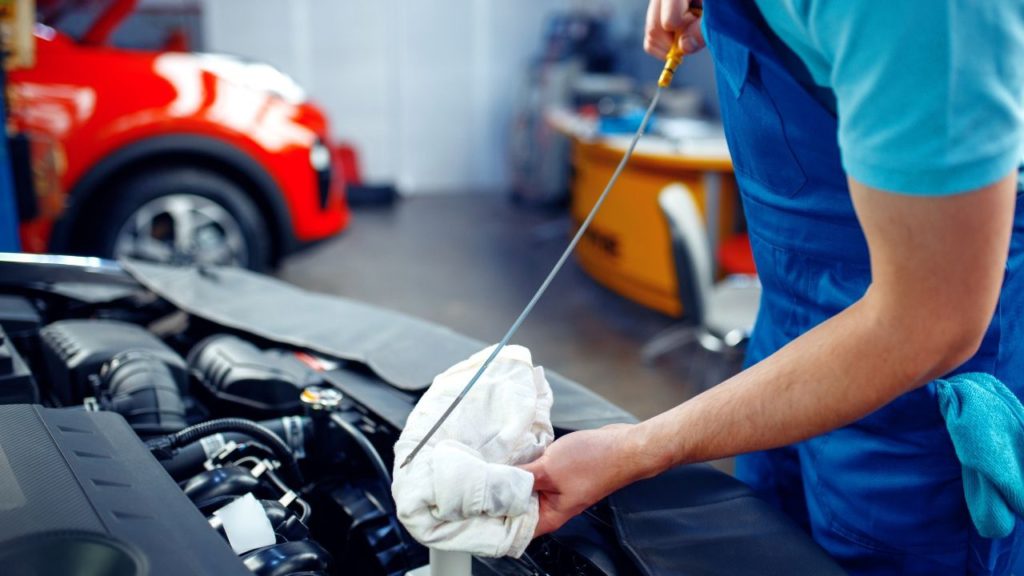
If there’s one kind of regular maintenance task you should never skip, it’s changing your car’s oil and oil filter at the recommended intervals. Depending on your vehicle type, you may need to change your car’s oil and oil filter as frequently as every three months or 3,000 miles. The recommended interval is always specified in your car owner’s manual.
In between changes, you should also make it a habit to check the condition of your car’s oil by using your engine’s oil dipstick. If your oil appears dark or cloudy, you may want to change it before the recommended interval. And be certain to use the right type of oil – some vehicles use synthetic oils, while others use conventional oil or blends. Man-made synthetic oils tend to last the longest, and that may allow you to go longer between oil changes.
Other Fluids

Oil isn’t the only fluid in your car you should be checking on with regularity. The one you’ll likely need to refill most often is your windshield washer fluid. But that’s not all. You’ll also want to check your car’s steering fluid, coolant, and brake fluid at least once a month. Your car owner’s manual will include instructions on how to do this. And if you notice any fluids running low, you should top them off immediately. If you have to add any of these fluids more than once every few months – take your car to a mechanic to find out why it’s happening.
Battery
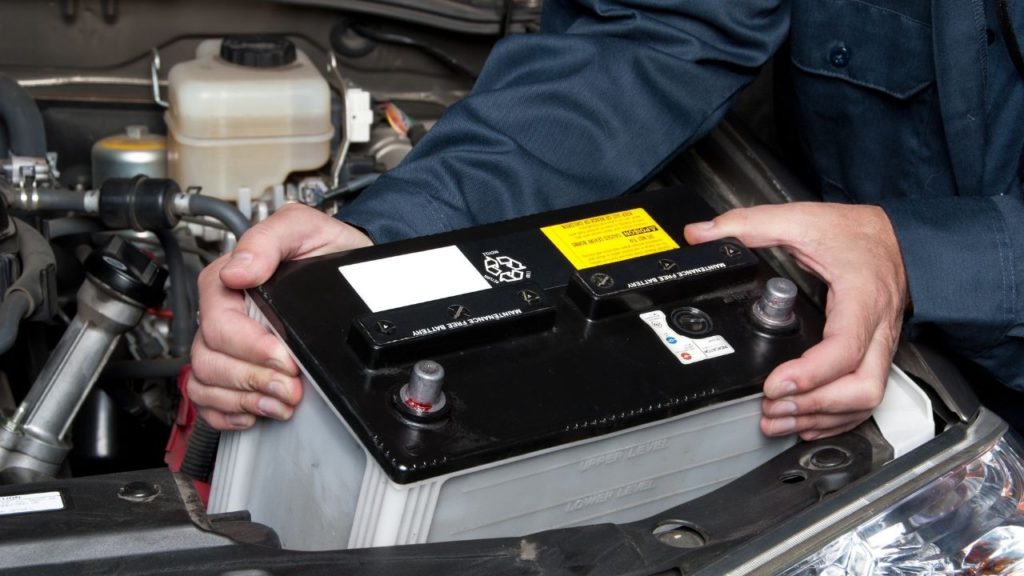
Another important part of your car that you should check regularly is its battery. The average car battery lasts for between 2 and 5 years, and when they fail, you won’t be able to start your car until you replace it. So, you should test your car’s battery to make sure it’s in good condition every three months or so.

You can purchase an inexpensive tester to do this. And if the tester indicates a problem, replace the battery before you get stranded in some remote parking lot.
Tires
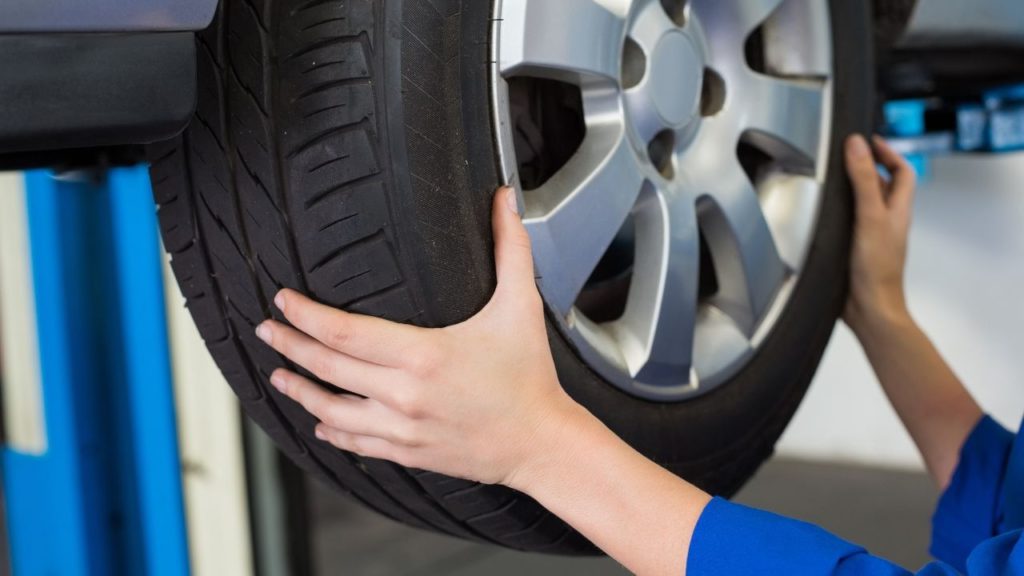
Your car’s tires, when taken care of, should carry you safely on the roads for up to 60,000 miles. But you shouldn’t ignore your tires and assume they’re in good condition. What you should do is check the tire pressure of all four tires at least once a month and add air if required. Most cars have a sticker on the inside the driver’s door that lists the manufacturer’s recommended pressure. But don’t stop there.

You should also take a look at the treads of each tire to make certain they’re in good condition. You can even buy a tool that will check each tire’s tread depth and air pressure to make things easy on you. And you should also be aware of the age of your tires, too. Each tire has a date listed on its sidewall, with the last four digits indicating the week and year of its manufacture. If your tires are over 6 years old, you may wish to replace them even if they appear otherwise in good shape – because the old rubber may deteriorate and lead to a sudden rupture.
Filters
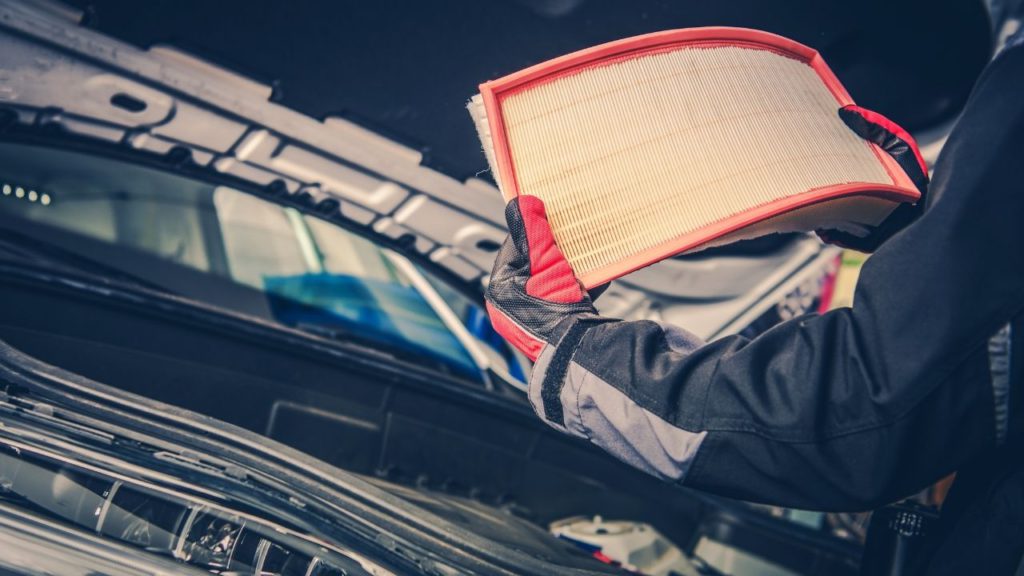
One of the most important replaceable parts of any car’s engine is one most people don’t think much about – its air filter. It prevents any dirt and debris from getting sucked into your engine, where it can wreak havoc. You should replace your engine air filter every 12,000 to 15,000 miles. This will keep the inside of your engine cleaner and running smoother for longer.
But that’s not the only filter you’ll need to replace periodically. Today’s cars also have a cabin air filter that makes sure the air you’re breathing inside the vehicle is clean and safe. If you allow the filter to get too dirty, it will lead to poor air conditioning performance and long-term damage to your air conditioning components. On average, you’ll need a new cabin air filter every 30,000 miles.
Spark Plugs
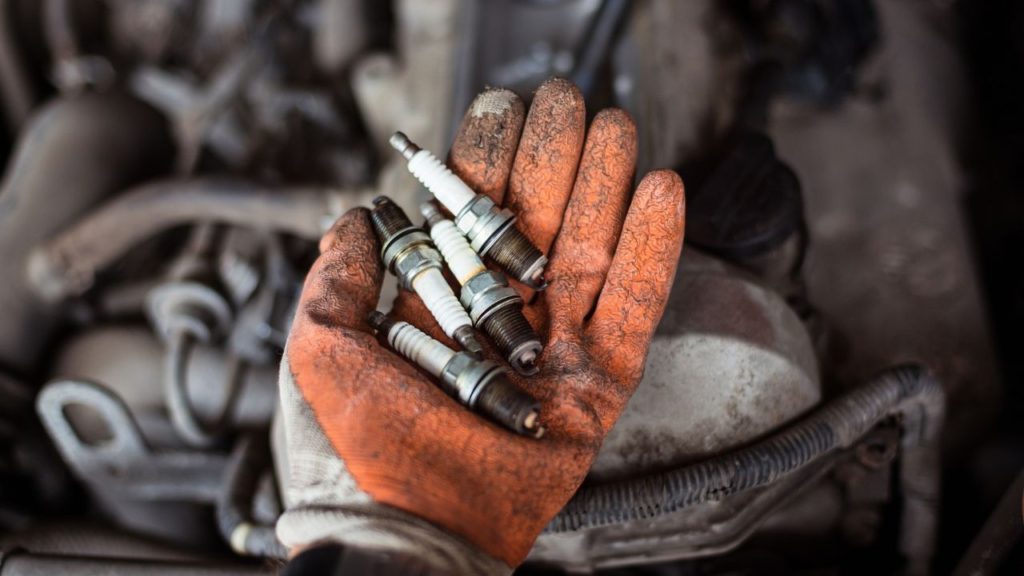
Every time you start your car, you begin a cycle that’s a delicate dance of fuel injection, compression, ignition, and combustion. And that cycle happens about 2000 times per minute – even at idle. But if you begin to notice a loss of fuel economy, poor acceleration, or have difficulty starting your car, it’s a sign that something’s wrong within that cycle.
More often than not, your car’s spark plugs will be the culprit. These days, the average spark plug will last between 30,000 and 90,000 miles. But if you notice any of the above symptoms, it’s a good idea to check your spark plugs and replace them as necessary.
Belts
Another part of your engine to add to your car service checklist is its timing and serpentine belts. The timing belt controls the combustion cycle mentioned previously, and if it fails, so will your engine. So if you hear a ticking sound coming from your engine, experience misfires, or notice unusual exhaust coming from your car, let your mechanic check your car’s timing belt immediately.
And there’s another belt in your car’s engine – typically called a serpentine belt – that powers everything from your power steering to your alternator to your air conditioning. But this is a belt that you can inspect yourself. Look for it in the engine compartment, and check for signs of wear like cracking or glazing. Most serpentine belts will last between 60,000 and 100,000 miles, so any abnormal wear could be a sign of a bigger problem.
If you want to replace the belts without asking for professional help, you can watch this video.
Windshield Wipers
So far, you’ve learned about how and when to check on your car’s major components. But there are some simpler parts you need to replace periodically, too. One of them is your car’s windshield wipers. And it’s easy to tell when they need replacement. Each month, inspect them to look for signs that of cracking or drying of each wiper blade.

And in between, if you notice streaking or hear squeaks while using your wipers, it’s time to buy and install replacement blades. Just be certain to buy the right size blades for your vehicle and you’ll be good to go.
Brakes

There aren’t many more important parts of a car than its brakes. So you’ll want to inspect and replace those as needed, too. You should do this every three months or so. You can do this yourself, but if you see anything unusual, take your vehicle to a brake specialist and have them check your car’s brake pads, rotors, and other major components.
On average, brake pads will last around 50,000 miles, and your rotors should last for 70,000 miles or more. But don’t take any chances with your brakes. If any part of your car’s braking system fails, you could end up in a life-threatening situation, so don’t put off needed repairs.
Lights
No products found.Perhaps the simplest thing to check and replace on your car is its lights. Each month, take a moment to check your car’s headlights, brake lights, parking lights, and signal lights. You may need someone’s help to do this – with one of you activating the lights and the other observing their operation. Most car bulbs aren’t difficult to replace and don’t cost very much. And keeping them in working condition will keep you and those on the road around you safe.
Car Maintenance Checklist Each Month
Since there’s plenty of car maintenance items you should be doing each month, here’s a handy list you can use to keep track of them. If you wish, you can even print it out and check off each item as you complete them. The monthly car maintenance checks are:
- Check your car’s fluid levels, including brake fluid, steering fluid, coolant, and oil. If any of them are low, top them off. If any show signs of abnormal wear, take your car in for service.
- Check the air pressure and tread depth of all four of your car’s tires (and your spare if you have one). Replace your tires if they’re wearing out.
- Check your car’s windshield wipers for any signs of cracking or drying. Replace as needed.
- Check to see that your car’s lights operate as they should. Replace any bulbs that have gone out.
Car Maintenance Checklist Every 3 Months (3k-5k Miles)
There aren’t as many maintenance items you need to worry about at three-month intervals. But the things you should check do include some critical components of your vehicle. These include:
- Getting an oil change, if needed (some vehicles will specify a longer interval, so check your car owner’s manual.
- Check your battery to make certain it’s in good condition and holding a charge. Replace if necessary.
- Conduct a visual inspection of your brakes to see if the pads may need replacement. If anything’s amiss, visit a brake specialist right away.
Annual Car Maintenance Checklist (12k-15k Miles)
Even though many parts of your car will last longer than an average year of driving, there are still some maintenance items you should complete every year. They are:
- Check your car’s engine and cabin air filter to see if they’re dirty and in need of replacement. If necessary, replace them.
- Visually inspect your car’s belts for signs of wear like cracking or glazing. If they appear worn, take your car to a mechanic to have them replaced.
- Check your car for any of the telltale signs of worn-out spark plugs. These include poor fuel economy, difficulty accelerating, and trouble starting your car. If you notice any of those symptoms, get your spark plugs checked and replaced if necessary.
Conclusion
At the end of the day, your car will last you far longer if you give it the attention and care it needs. And given how many things there are to maintain in your vehicle, your best bet is to stay on top of your car maintenance checklist so you don’t end up with unwelcome surprises. Now you know what to check and when. So stick to the required schedule and your car will reward you with years of trouble-free driving.
